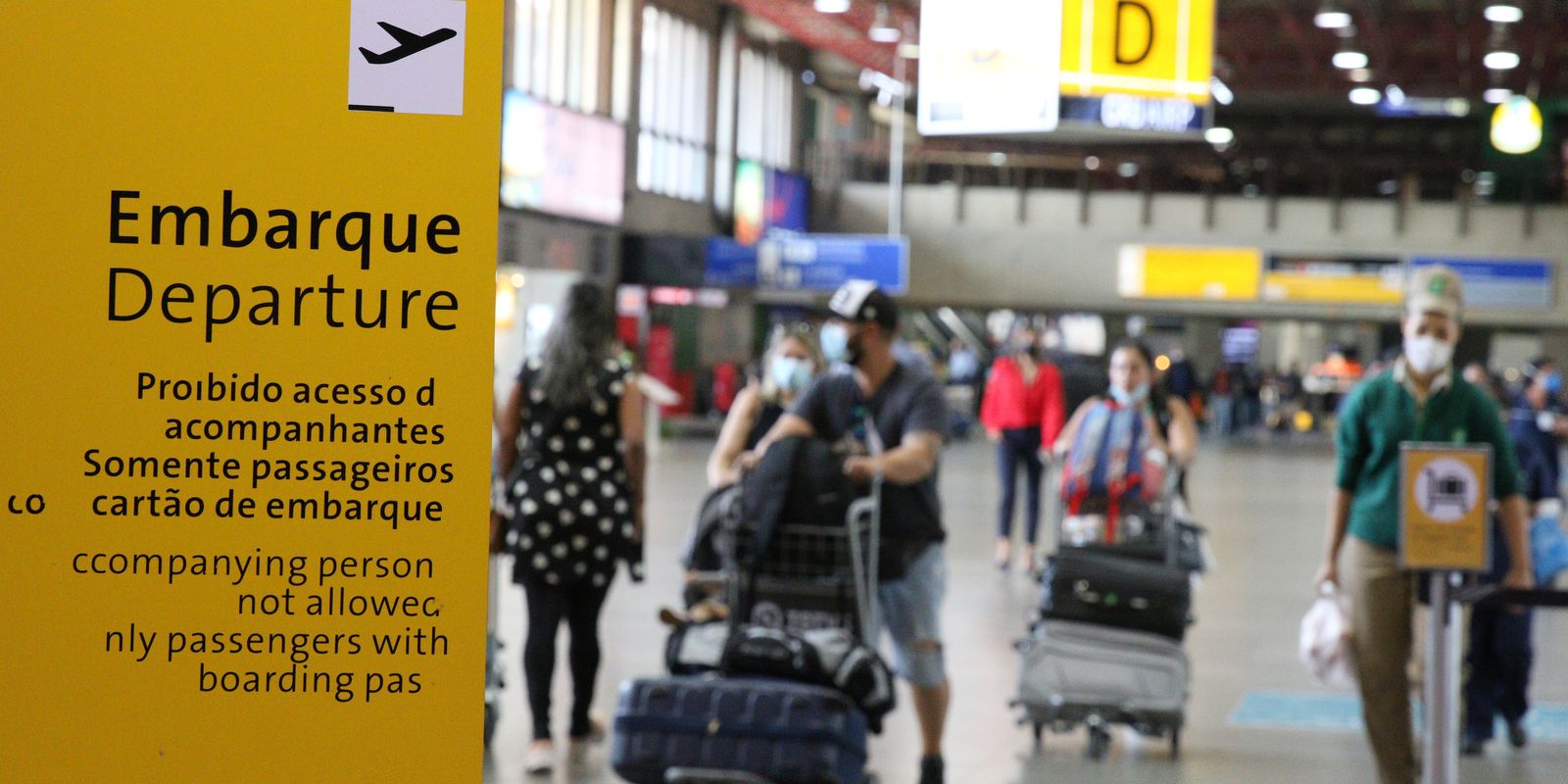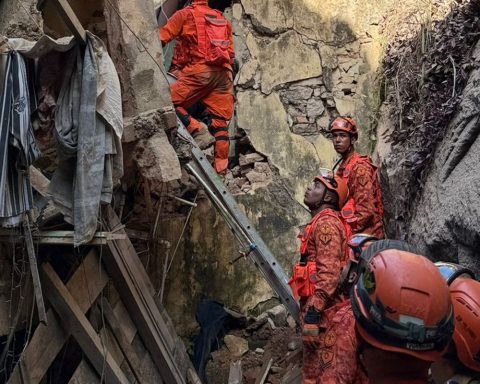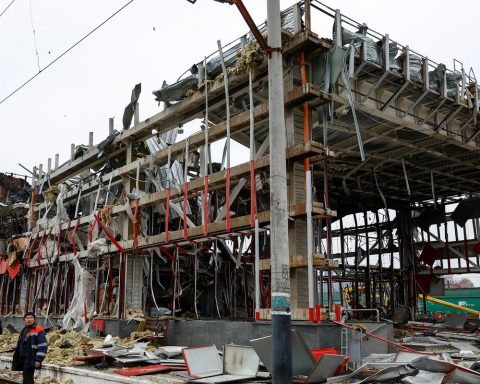A failure in the navigation systems at Guarulhos Airport in São Paulo on Tuesday morning (3) caused delays and rerouting of passengers to other flights throughout the day, causing dissatisfaction among users. In less than five days, this was the second occurrence of a failure attributed to the global positioning and geographic location system (GPS).
The National Telecommunications Agency (Anatel) reported, through a note, having received a new report of interference from members of the São Paulo Regional Air Control Administration.
“In the morning, Anatel São Paulo management had detected interfering signals with the agency’s monitoring stations located at Guarulhos International Airport, which prompted immediate field work with teams of inspectors to attempt to locate the source of the interference. The team of inspectors is currently working and searching to locate the source of the interference and thus solve the problem,” says the note sent to Brazil Agency.
In a statement, Latam reported that its operations at Guarulhos airport are now back to normal. “Some takeoffs were delayed on Tuesday morning (3), due to technical issues at the airport, a fact completely beyond Latam’s control.”
Gol Linhas Aéreas reported that it had experienced specific impacts on its operations in the morning due to interference in the airport’s GPS system signal. “The situation, which also affects other airlines, is being managed in conjunction with the airport administration. All affected customers received the expected facilities and the company reiterates that the actions regarding flights were taken with a focus on safety,” says the statement sent to the Brazil Agency.
By the time this edition went to press, Azul had not made any statement, nor had the Department of Airspace Control (Decea) of the Brazilian Air Force (FAB).
Last Thursday (29), the first GPS interference caused delays in several flights. Decea reported that the instability of GPS signal reception by aircraft operating at Guarulhos airport affected the capacity of the Global Navigation Satellite Systems (GNSS) of the aircraft. At the time, the FAB said that an aircraft from the Special Flight Inspection Group (GEIC) had been called to carry out a radio monitoring inspection in the airport’s surroundings, with the aim of investigating the causes of the problem.

















